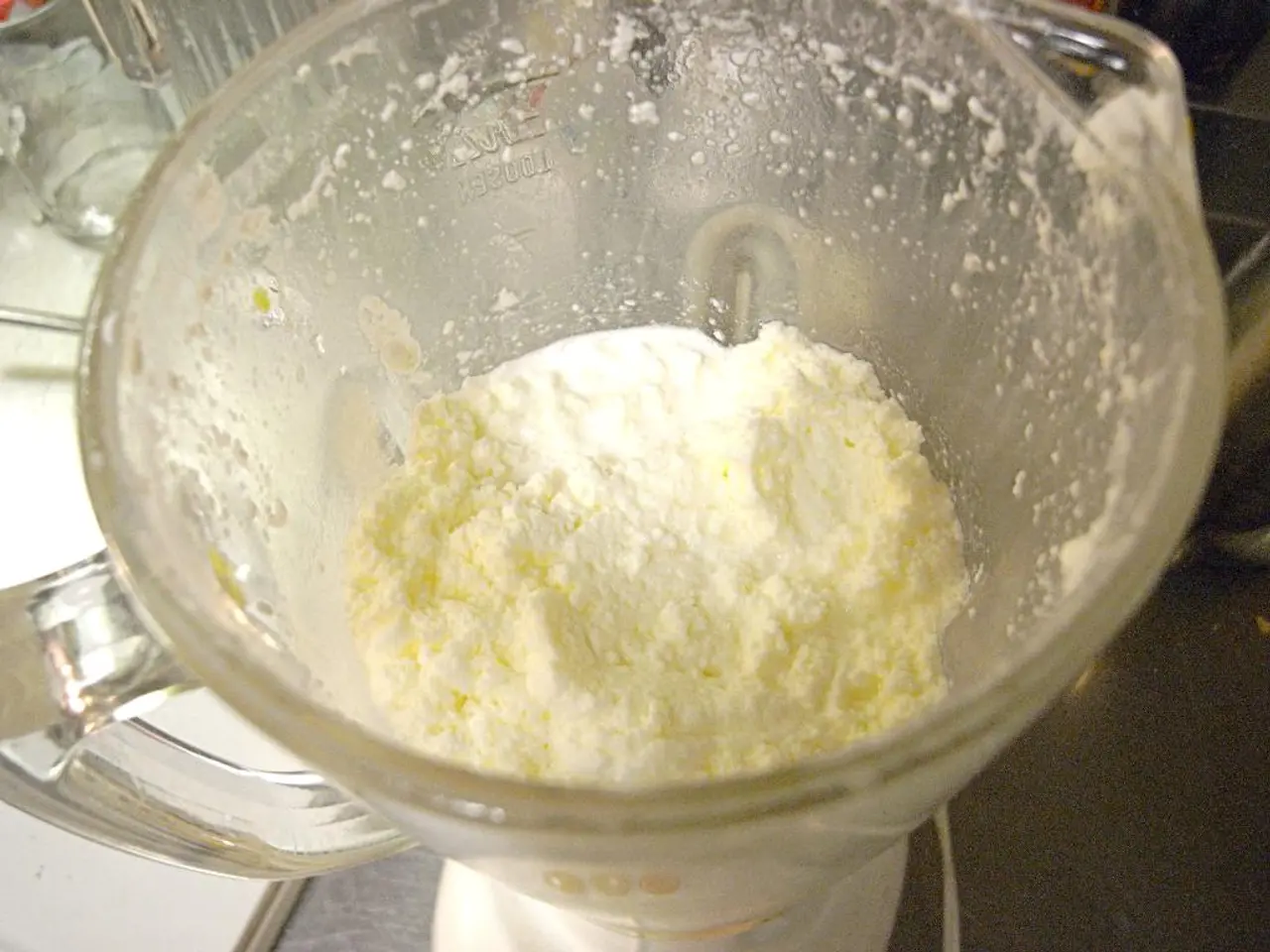Utilization of Pulsed Electric Fields in Food Processing Within the Realm of the Food Industry
In the ever-evolving landscape of food processing, Pulsed Electric Field (PEF) technology is rapidly gaining prominence as a promising and emerging non-thermal technology. This innovative approach, which has been in development since the 1960s, is now making significant strides in commercial and research applications[1][2].
### Key Features of PEF Processing
- **Technological Maturity and Commercialization**: PEF has seen a surge in attention and technological refinement since the 1980s, leading to the development of several commercial-scale applications, particularly for liquid or semi-liquid foods such as juices and milk[1].
- **Non-Thermal Advantages**: One of the key advantages of PEF is its ability to maintain sensory and nutritional qualities better than traditional heat treatments. By avoiding thermal degradation, it offers a more attractive option for fresh-like products with extended shelf life[1][3].
- **Combined Technologies**: Recent research is focusing on combining PEF with other non-thermal methods to enhance efficacy. For instance, PEF is being coupled with atmospheric cold plasma for juice pasteurization or with acid treatments to modify starch properties for improved food functionality[4][5].
- **Application Scope**: The versatility of PEF extends across various food sectors, from beverages to starch-based products, where it is used for pasteurization, texture modification, enhanced extraction of bioactive compounds, and viscosity control[1][5].
- **Challenges**: Despite its promise, PEF faces challenges such as the high initial investment for equipment, scaling up from laboratory to industrial volumes, and standardizing treatment protocols for different foods[3].
As PEF processing transitions from research and pilot phases into broader industrial adoption, ongoing innovations and integration with other treatments are expanding its potential in food processing[1][3][4][5].
### The PEF Process
PEF involves the application of short, high-voltage electric pulses to food products to induce cell membrane electroporation, which can inactivate microorganisms, enhance extraction processes, and modify texture without the heat damage associated with conventional thermal methods[1][2]. PEF is primarily used as a pasteurization technique, but ongoing research suggests it may be used for sterilization in combination with heat[1].
For liquid foods, electric field strengths of 20-80 kV/cm are applied. In contrast, for solid foods, 1-8 kV/cm is used due to the large gap in the treatment chamber[1]. Food processors should ensure that electrodes have a special coating or are made of a material that minimizes electro-corrosion to prevent the migration of electrode materials into the food[1].
In compliance with the FDA's juice HACCP regulations, PEF can be used for the commercial pasteurization of juices. However, juice processors must implement sanitation and good manufacturing practices during production[1]. According to industry estimates, the cost for pasteurizing one liter of juice is about $0.04, and $0.056 per pound for cell disintegration applications[1].
In conclusion, PEF processing offers a promising avenue for food processors to manufacture products with consumers' desired attributes or pre-treat solids prior to other unit operations. With its ability to improve food safety and quality while preserving nutritional and sensory attributes, PEF is poised to play an increasingly significant role in the food industry[1][3][4][5].
### Acknowledgements
The authors acknowledge contributions from The Ohio State University Food Safety Engineering Laboratory, Center for Clean Food Process Technology Development, and financial support from the USDA NIFA, HATCH program, the food industry, and the Ohio Ag Experiment Station.
- As PEF technology advances, it is becoming increasingly integrated with the health-and-wellness industry, offering consumers products with extended shelf life and superior nutritional qualities.
- The scientific community continues to explore the medical-conditions that may be affected by improved food safety, such as the potential reduction of food-borne illnesses and the enhancement of nutrient absorption.
- In the financial arena, the adoption of PEF technology by food processing companies is expected to grow, driven by consumer demand for safe, high-quality food, and the potential for cost savings through increased efficiency and reduced waste.
- With the rise of technology in the food industry, food safety, and nutrition research is increasingly collaborating with experts in areas like computer science and engineering to develop sophisticated models and simulations, improving our understanding of PEF's effects on food processing and medical-conditions.



